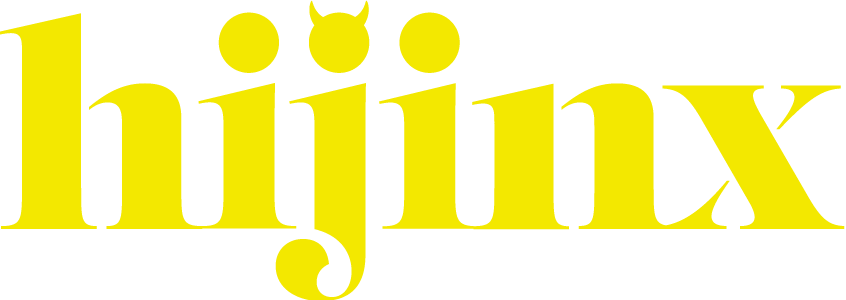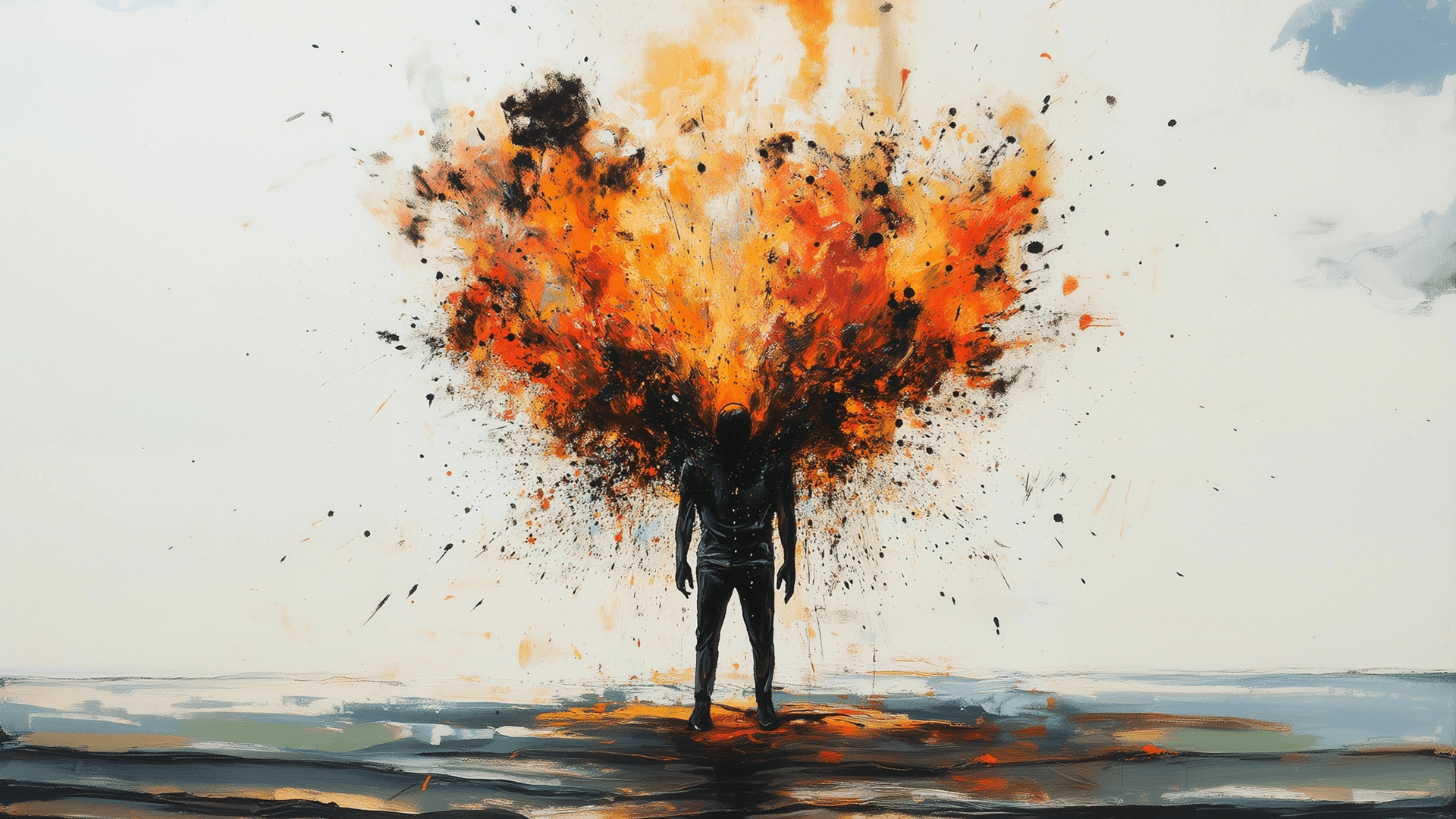Creativity is kind of a big deal in advertising. (How’s that for a provocative intro?) Because of that, we creative professionals are constantly pulled between two poles: the fun, playful world of ideation and coming up with award-winning concepts, and the soul-crushing anxiety of imposter syndrome we wage war against on a daily (hourly?) basis. And that was before AI entered the chat.
When ChatGPT and Midjourney exploded onto everyone’s feeds, creatives the world over were rocked. Up until then, to make a living as a creative professional meant having unique skillsets honed to for a perfect fit between art and commerce. Suddenly, their livelihoods were at risk. Pitchforks were sharpened, torches were lit, and the world’s creatives denounced AI as it was (and still is) drawing on copyrighted IP in anything it output. Fortunately, things have settled down, and we’re seeing AI for what it is: a powerful tool to augment creativity instead of one that replaces creatives.
How We’re Welcoming Our Robot Overlords
- Research. Before a creative can spin up lightning in a bottle, they must become experts on all things related to their client: the products, how consumers use them, the competition, and the industries. In the Before Times, that meant hours of online searching, forum browsing, reddit scanning, and more. Granted, those things still happen, just with much less time getting spun up on understanding the basics. A significant amount of that work is reduced with AI, as it analyzes sources and summarizes them in an understandable way. While we’d love to take AI’s word for it, part of Hijinx’s process is to read what AI outputs as well as check its references.
- Scratch Track Voiceover. The days of asking already-busy people at the agency to take a “a few minutes” to find a quite spot in the office or home office, read a voiceover script out loud into their smartphone, and send the best takes to the editor are over. Now we use ElevenLabs, an AI-powered voice generator that provides all kinds of tones and “vocal” performances. To be clear, we only use the service for scratch tracks to get client buy-off on early cuts. The final cuts are always reserved for professional voice actors.
- Concept Visualization. It’s one thing to come up with an idea and use words to imagine it. (Looking at you, copywriters.) It’s another to take that idea and use pen, paper, and pixels to turn it into something eyeballs can process. Art directors and designers have spent many nights and weekends grinding out comps to bring ideas to life. Now? AI tools like Midjourney have exponentially accelerated this process. However, Midjourney and other AI image generators come with all kinds of caveats. Chief among them: trademark infringement. At Hijinx, we take great care to only use AI for concept visualization. Any art we create that makes it IRL is original. If it does incorporate trademarks or other IP, the art and has been properly vetted and licensed appropriately.
- Existing Creative. To paraphrase the iconic Jim Jarmusch: “Nothing is original.” As much as we creatives would love to say every idea we have is as unique as a snowflake’s thumbprint, reality insists otherwise. So we use ChatGPT to search for words, phrases, and conceptual elements related to our creative idea. We’ll also do this when creating taglines. Between AI and the new US Patent and Trademark search, we’ve had good results in spotting and eliminating options that have already had their time in the spotlight.
- Proofing and Editing. To be clear, AI is a long way away from replacing either, especially editors. For proofing, Grammarly works about as well as most of the spelling and grammar tools built into word processing software. It offers suggestions for misspelled words or incorrect tenses and whatnot. Some AI models like Hemingway can even point out where sentence structures are too complex and would benefit from simplifying. It’s a fantastic tool. But it struggles when tasked with generating a replacement sentence or phrase. Sometimes it’s the wrong tone, other times it’s simply not communicating what it’s supposed to. Put another way, we’ve yet to use any AI-generated copy, but we have rewritten copy that AI has flagged as incorrect or hard to understand.
How We Know Our Jobs Are Safe (For now)
- Storyboarding. We’ve tried it a couple times now. AI is fantastic for generating a single frame. The challenge is replicating the artistic style (loose and fast pencil sketch, for example) across multiple frames. We’ve had some success, but never to the point where an art director or designer didn’t have to jump in and adjust, which only adds time and hours to the project. In the end, a talented storyboard artist will be able to draw frames faster and more accurately.
- Concept Generation. AI is trained on what’s been done and, importantly, how often something has done. It’s why AI can generate a solid sitcom script where it can draw on formulaic frameworks and cliché dialogue, but struggles with original characters and dialogue. Now, if there’s a creative concept that centers on a corny sitcom, a copywriter could generate a script that would include the usual tropes and styles to save time (not to mention their sanity) as they would no longer have to subject themselves to hours of obvious punchlines and canned laugh tracks.
- Video. It’s startling how fast AI is evolving video. It’s far from perfect but we’re getting closer and closer to a reality where we can utilize Sora and other AI platforms to generate proof-of-concept videos (also known as “rip-o-matics,” one of advertising’s all-time great words). Sora struggles with many of the challenges Midjourney and other AI platforms experience: applying too many or too few appendages on people and animals, soulless eyes, inconsistent lighting from frame to frame and scene to scene, and more.
There’s no question that AI is here to stay. Even if it wasn’t providing anything useful, there’s been far too much invested into it for it to suddenly fade away. And that’s okay. Because while AI improves by learning from humanity’s collective knowledge to improve, we can learn to utilize AI to improve as creatives, as businesses, and as an industry.

